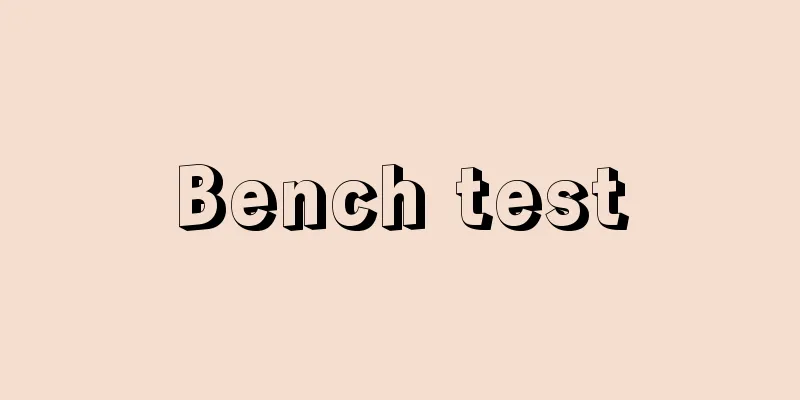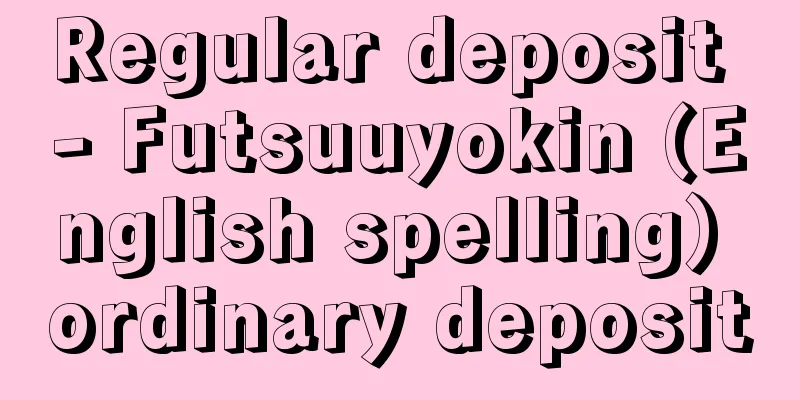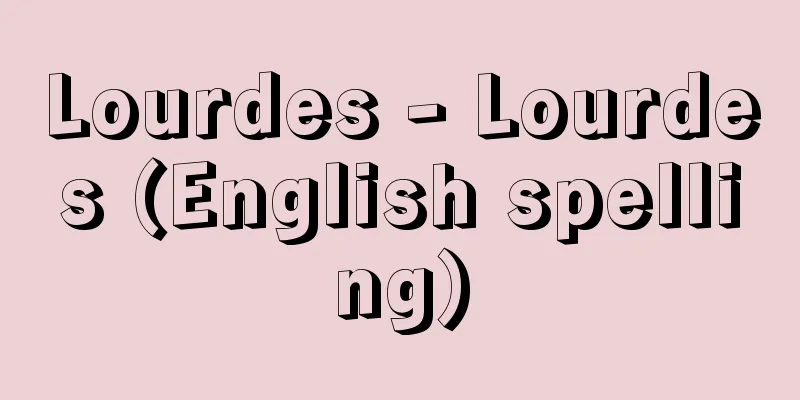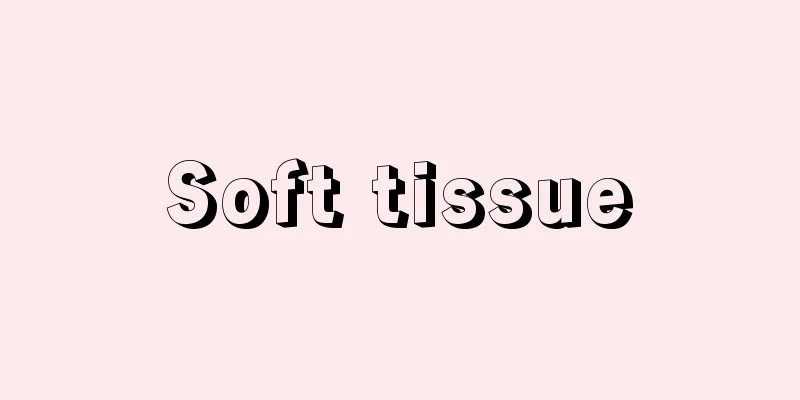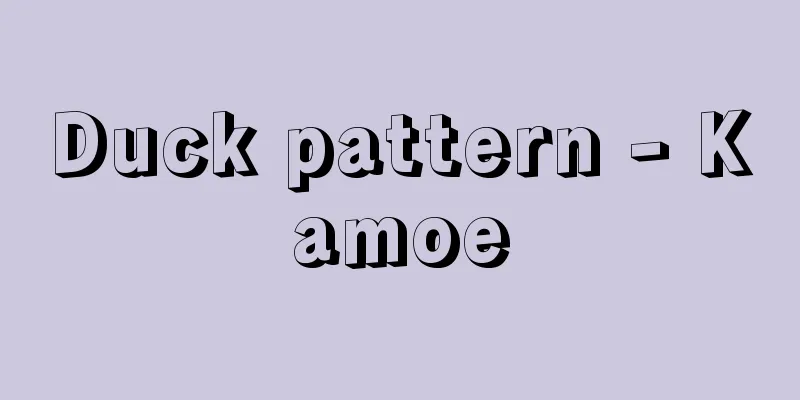Children's Culture - Jidou Bunka
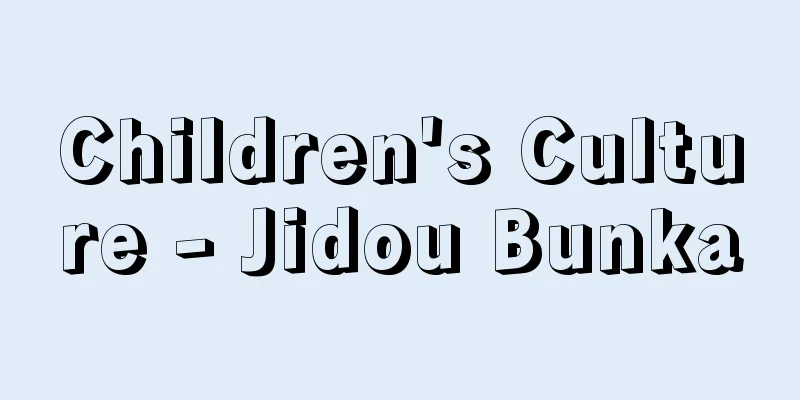
|
"Jidobunka" is a term unique to Japan that is usually used to mean cultural assets given to children by adults for the purpose of their healthy development. The term itself has been used since around 1930 (Showa 5), but there is still no unified definition of what principles children's culture is organized on. Children's culture has been defined in various ways, although narrowly and broadly, by a number of people, including children's literature authors and researchers Suga Tadamichi (1909-1979), Namekawa Michio (1906-1992), and Nakayama Shigeru. First, as a general definition, Michio Namekawa states, "(1) Culture created by children themselves, such as children's poetry, spelling/compositions, children's drawings, various types of sculpture, games, theatrical activities, etc., which have a character that can be considered to be the creative product of children themselves. (2) Culture provided by adults for children -- children's television and radio programs, children's films, children's plays, picture-story shows, slides, toys, children's music, children's literature, etc. -- refers in a broad sense to anything provided for children's growth and development" (Children's Culture Theory, 1970). One person who is critical of this is children's literature writer Furuta Taruhi (1927-2014), who believes that children acquire culture through various experiences, and that the Namekawa Standards are based on cutting out experiences related to general culture and the concrete lives of children. In fact, children grow up being greatly influenced by general culture. Furuta lists three things that are "related to children's lives and play an important role in their growth": (1) school education, (2) children's cultural assets, and (3) "the atmosphere and state of society as a whole, including education at home." Of these, (3) "the atmosphere and state of society as a whole, including education at home" is Furuta's own original idea. There is also the idea of "children's culture" advocated by educational sociologist Tokuo Kataoka (1931- ). Simply put, it is a child's lifestyle, with children's play at its core. Educational sociologist Konosuke Fujimoto (1933-1995) also states that in order for children's culture (theory) to establish its own research field and methodology, children's cultural assets must remain at its core, and research methods and knowledge must be adopted from not only personality formation theory, but also sociological theories related to the situations children find themselves in, communication theory, semantics, cultural theory, and so on. [Kazuo Nishine] "Children's Culture Theory" by Namekawa Michio (1970, Tokyodo Publishing)" ▽ "Children's Culture" by Honda Kazuko (1977, Koseikan)" ▽ "Creating Children's Culture in Schools" edited by Kataoka Norio (1979, Kaneko Shobo) ▽ "New Dictionary of Sociology of Education" edited by the Japanese Society for the Sociology of Education (1986, Toyokan Publishing)" ▽ "What is Children's Culture?" by Furuta Ashihi (1996, Kuyamasha) [References] | | | | |Source: Shogakukan Encyclopedia Nipponica About Encyclopedia Nipponica Information | Legend |
|
児童文化とは日本独特の用語で、通常、児童の健全な成長を目的として、大人が児童に与える文化財という意味で用いられる。 用語自体は1930年(昭和5)ごろから使われ始めているが、児童文化がどういう原理によって体系化されているのか、まだ統一された定義としては定まっていないのが現状である。児童文化は、これまで児童文学者・研究者の菅忠道(かんただみち)(1909―1979)、滑川(なめかわ)道夫(1906―1992)、中山茂らをはじめとする何人かの手によって、広狭さまざまであるが定義されてきた。 まず、一般的な定義として滑川道夫は、「(1)児童がみずから創造した文化、たとえば、児童詩、綴(つづ)り方・作文、児童画、各種の造型、遊び、演劇活動など、児童自身の創造的所産とみなされる性格をもつもの。(2)おとなが児童のために与える文化――テレビ、ラジオの児童番組、児童映画、児童劇、紙芝居、スライド、オモチャ、児童音楽、児童文学など、ひろい意味で児童の成長・発達のため与えるものをさす」という(『児童文化論』1970)。 これに批判的なのが児童文学者の古田足日(たるひ)(1927―2014)で、子供はさまざまの経験を通して文化を身につけていくものであり、この滑川規定は、その経験のうち一般文化にかかわるものや、子供の具体的な生活を切り落としたところに成立している、と考えるのである。実際に、子供は、一般文化から非常に大きな影響を受けて育つ。そこで、古田は、「子どもの生活とかかわりあって、その成長に重要な役割をはたすもの」として、(1)学校教育、(2)児童文化財、(3)「家庭の教育を含む社会全体のふんい気やあり方」の三つをあげている。このなかで、とくに(3)の「家庭の教育を含む社会全体のふんい気やあり方」は、古田独自の考えである。 なお教育社会学者である片岡徳雄(1931― )などが主張する「子ども文化」という考えもある。それについて簡単にいえば、子供の生活様式であり、その中心は子供の遊びである。また、教育社会学者の藤本浩之輔(こうのすけ)(1933―1995)は、児童文化(論)が独自の研究領域と方法論を確立していくためには、あくまでも児童文化財を核にしながら、パーソナリティー形成論はもちろん、子供たちが置かれている状況に関する社会学的理論、コミュニケーション論、意味論、文化論などの研究方法や知見が採用されなければならない、としている。 [西根和雄] 『滑川道夫著『児童文化論』(1970・東京堂出版)』▽『本田和子著『児童文化』(1977・光生館)』▽『片岡徳雄編『学校子ども文化の創造』(1979・金子書房)』▽『日本教育社会学会編『新教育社会学辞典』(1986・東洋館出版社)』▽『古田足日著『児童文化とは何か』(1996・久山社)』 [参照項目] | | | | |出典 小学館 日本大百科全書(ニッポニカ)日本大百科全書(ニッポニカ)について 情報 | 凡例 |
>>: Child support allowance - Jidou Fuyou Teate
Recommend
Ichigyo-ji Temple
A cultivar of maple. The leaves are large, about 1...
Untashgar - Untashgar
…The ruins of an Elamite city, located 40 km sout...
Karimata Kofun - Karimata Kofun
...In the case of the Toratsuka Tomb in Ibaraki P...
Welfare Society - Fukushishakai
A society in which people are guaranteed a healthy...
English: Eriseo - EriseF
…A Russian-born Japanese scholar. He called himse...
Menke
〘 noun 〙 In the Middle Ages, the lord of a manor p...
Himenokaris - Himenokaris
A semi-cold-hardy bulbous plant of the Amaryllida...
International Society for Kṛṣṇa (Krishna) Consciousness
…The International Society for Kṛṣṇa (Krishna) Co...
Ground Survey - Jibanchosa
A survey conducted to understand the characteristi...
Guidance - Gaidansu (English spelling) guidance
This refers to educational activities carried out...
Imperial Award - Onshisho
The Japan Academy Prize is awarded annually to one...
Carbon paper
A thin copying paper made by mixing colored subst...
Daffodil - Daffodil
...The oldest known daffodils are Narcissus tazet...
Périgord (English spelling)
The name of the region in the southwest of France,...
Indonesian National Party - Indonesia National Party
Nationalist party founded by Sukarno in Bandung in...
